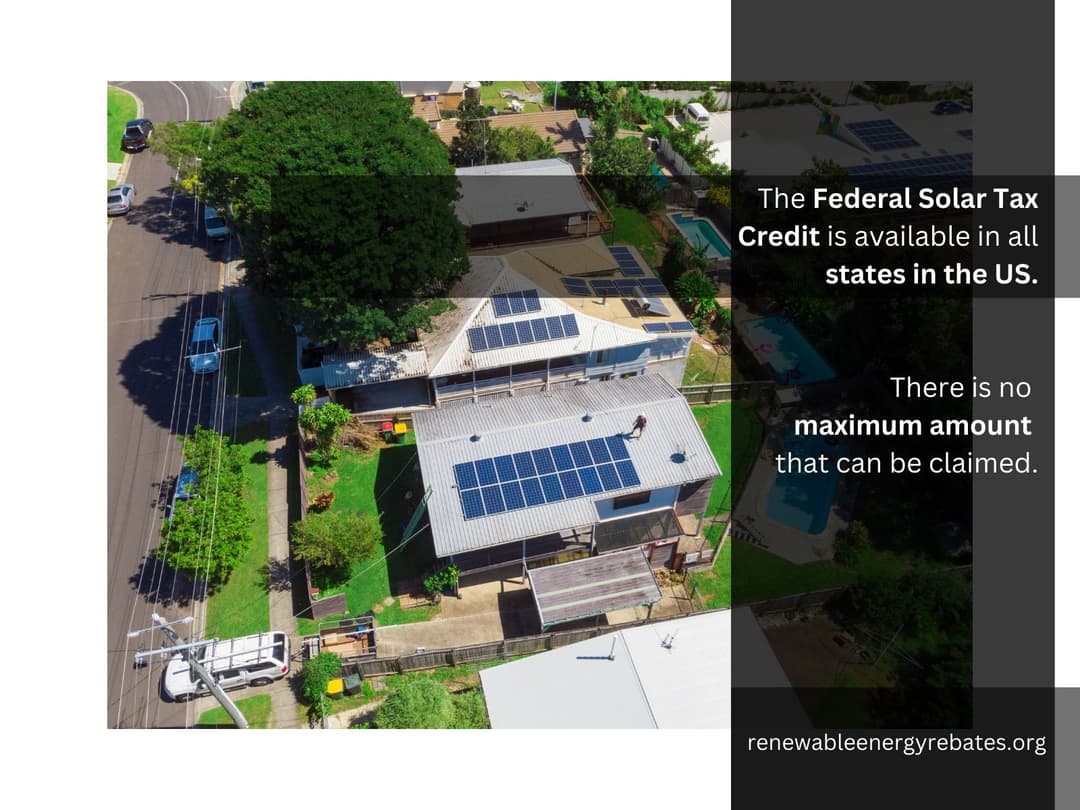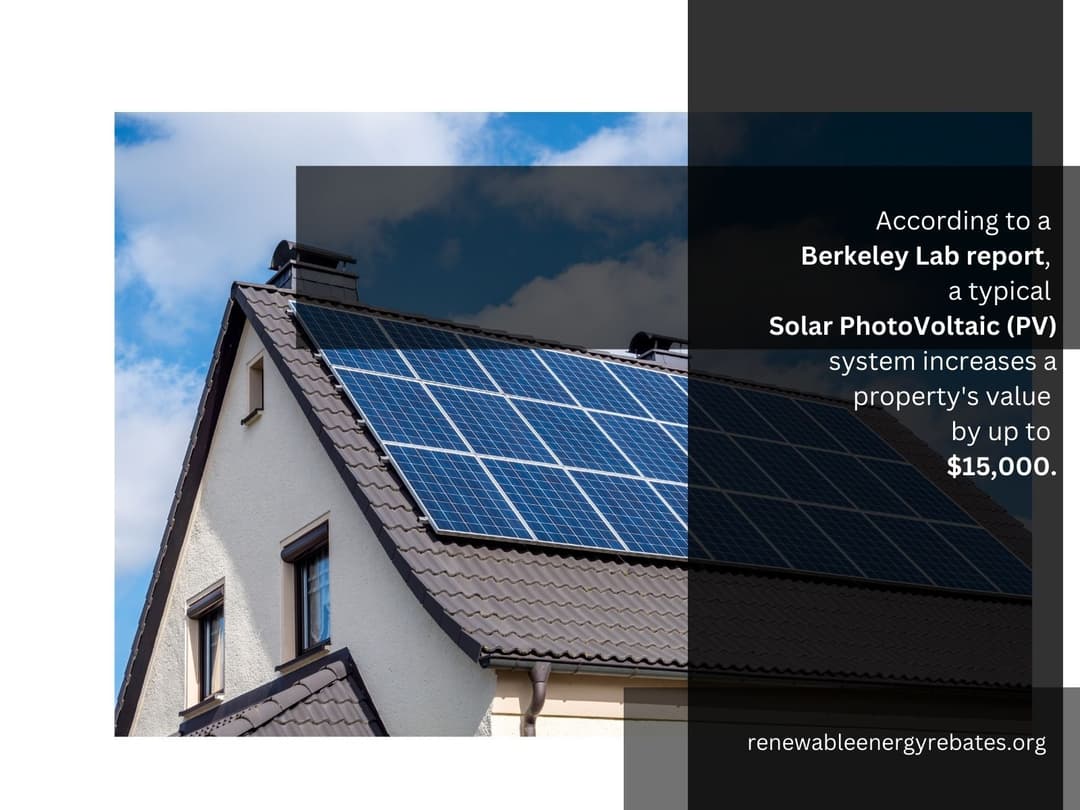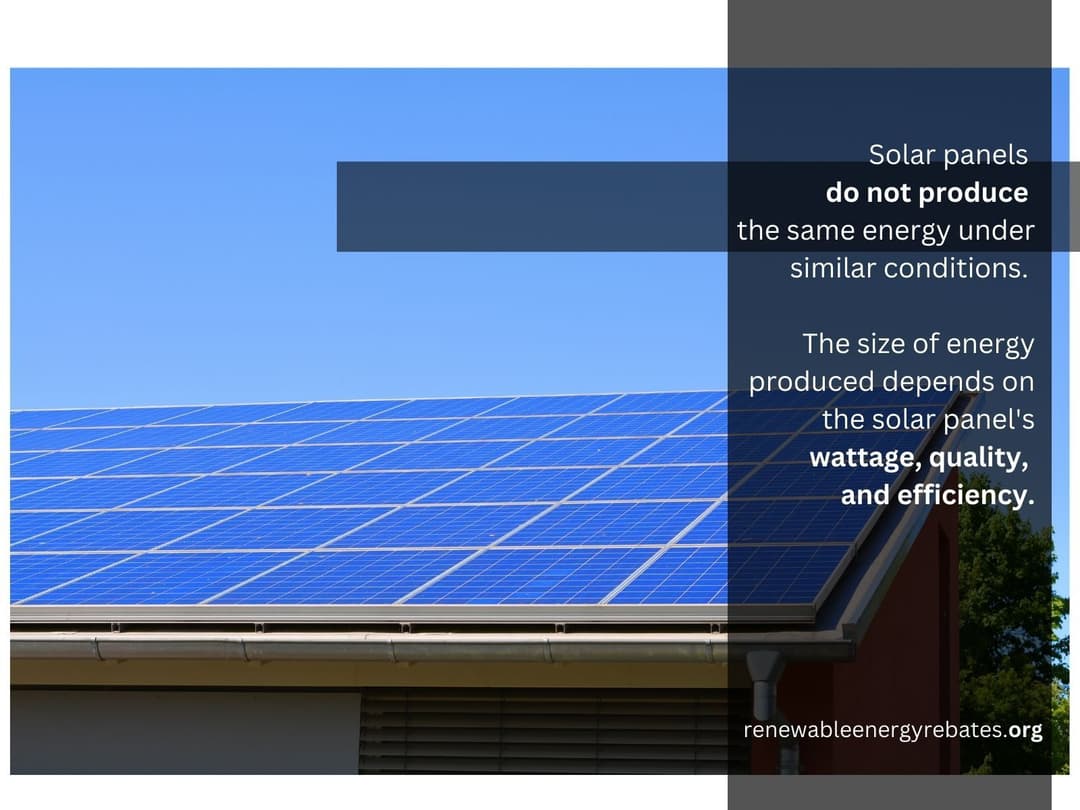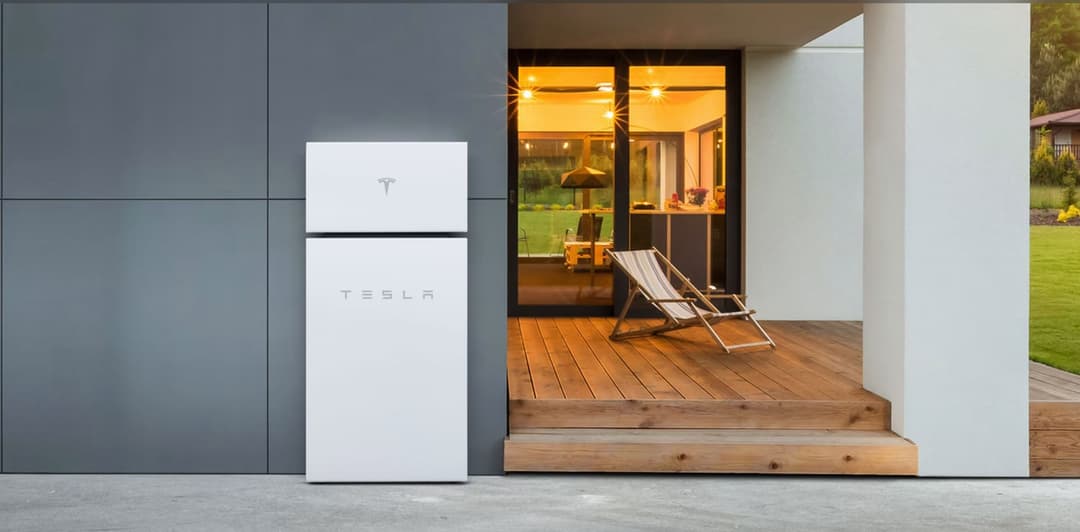Cost of Solar Panels in Colorado
Going Green in Colorado: The Economics of Solar Panel Installation
Key Details
- Solar panels in Colorado averages $3.30 to $3.5 per watt before incentives.
- Residents in Colorado have access to the federal investment tax credit (ITC), reducing solar system costs by 30%.
- Local utility companies and governments offer cash rebates ranging from $400 to $3,000, further reducing the cost of solar panel systems in Colorado.
- Coloradans can benefit from net metering, selling excess energy back to the grid to offset electricity consumption payments.
- Solar is cost-effective in Colorado compared to the grid, with an average retail price of 18 cents per kWh compared to a levelized cost of about 3.8 cents per kWh for solar energy over 25 years.
How Much Do Solar Panels Cost in Colorado?
A solar installation in Colorado costs $3.30 to $3.50 per watt. The average cost of a 6kW system, ranges from $20,400 to $20,700 before incentives and rebates, compared to the use average of $18,000 to $30,000 without incentives and rebates.

Residents of Colorado, like other American states, have access to the federal investment tax credit (ITC) which significantly reduces their out-of-pocket costs for investing in new solar panels.
For instance, the ITC brings the costs of a 6kW system in Colorado down by 30% to $14,280 to $14,490.
Residents of Colorado also have access to locally provided incentives by utility companies and local governments in the form of cash rebates. These cash rebates range from $400 to $3,000 depending on your location and the size of your solar panel system and further reduce your cost of ownership when procuring a solar system in Colorado.
Coloradans also have access to net metering, offered by multiple utility companies including Xcel Energy and Black Hills Energy.
Note: The average retail price of electricity from the grid in Colorado over 25 years is 18 cents per kWh (as of 2023). In comparison, the levelized cost of solar over the same period (factoring lifetime costs and the total energy produced) frame is about 3.8 cents per kWh.
Average Colorado Solar Panel Cost
| Size | Solar Panel Installation Cost | System Installation Cost After Solar Credit | Home Size |
| 3 kW | $10,200 - $10,350 | $7,140 - $7,245 | 700 sq ft |
| 5 kW | $17,000 - $17,250 | $11,900 - $12,075 | 900 sq ft |
| 8 kW | $27,200 - $27,600 | $19,040 - $19,320 | 1,100 sq ft |
| 9 kW | $30,600 - $31,050 | $21,420 - $21,735 | 1,300 sq. ft. |
| 11 kW | $37,400 - $37,950 | $26,180 - $26,565 | 1,700 sq ft |
| 13 kW | $44,200 - $44,850 | $30,940 - $31,395 | 2,100 sq ft |
| 14 kW | $47,600 - $48,300 | $33,320 - $33.810 | 2,300 sq ft |
| 15 kW | $51,000 - $51,750 | $35,700 - $36,225 | > 2,400 sq ft |
Is it Better to Lease or Buy in Colorado?
Leasing or purchasing solar panels in Colorado offer different benefits.
Pros of leasing solar panels:
- A solar lease provides an opportunity to have access to solar panels if you cannot afford a high upfront cost from an outright purchase
- When you lease, the company providing the solar panels is responsible for repairs and maintenance of the panels during the duration of the contract
- The panels can provide net savings if the monthly costs are less than the energy savings
Cons of leasing solar panels:
- Leasing means you can not take advantage of solar rebates and incentives, as they are typically only for when the panels are purchased
- Most leasing options can lead to an increase in your monthly cost over time
- Leasing reduces your long time savings over time compared to outright buying
Pros of buying solar panels:
- Purchasing solar panels allows you to claim the federal ITC at 30%and other local incentives
- Solar panels improve the value of your home
Cons of buying solar panels:
- The upfront costs can be expensive
- It can take some years (up to seven or more) for you to recoup your investment
How Many Solar Panels Do I Need in Colorado?
Multiple factors determine the number of solar panels required for a solar installation, including the wattage of the solar panel, the size of the house, and the energy consumption patterns.
For example, a refrigerator consumes an average of 600kWh annually while the window air conditioning, central air conditioning, and outdoor hot tub consume 215kWh, 1,000kWh, and 3,300kWh, respectively.
The more people in a home, the higher the energy consumption typically is.
Calculating number of Solar Panels
To determine the number of solar panels, you'll need to include your estimated energy consumption, the production ratio of your solar panels, and the wattage of your choice of solar panels.
Assuming a solar panel wattage of 400 watts, a production ratio of 1.3 - 1.6 (which is typical in Colorado), and an average annual consumption of 10,032kWh.
Required solar panels = average energy consumed divided by the production ratio of solar panels, divided by the power (rated wattage) of selected solar panel type.
10,032kWh/1.3 * 400 watts = 19.29 (or approximately Twenty 400 watts solar panels).
Using the same formula, other solar panel wattage ratings will give the following number of solar panels for the same installations:
- 250 watts: 10,032kWh /1.3 * 250 watts = approximately Thirty One 250 watts solar panels.
- 350 watts: 10,032kWh /1.3 * 350 watts = approximately twenty three 350 watts solar panels.
- 450 watts: 10,032kWh /1.3 * 450 watts = approximately eighteen 450 watts solar panels.

How Many Solar Panels Do I Need for a 3-bedroom House?
The exact number will depend on the size of your home, sunlight intensity in your area, and the amount of energy you use.
The average floor size of a 3-bedroom house in Colorado is 1,781 square feet. At this home size, it is estimated that the required solar panel system size should be 12 kilowatts (12,000 Watts). To get the needed number of solar panels, you can divide the solar panel system size by the wattage of your chosen solar panel.
For example, if you chose Tesla Solar Panels in Colorado, which are typically rated at 400 watts, then your required number of panels will be:
12,000 watts divided by 400 watts to give = 30 solar panels. You may, however, opt for other solar panel types or ratings that will give different numbers of solar panels. Typically, the number of panels will increase as the wattage of the panels reduces, as illustrated below:
- 400 watts solar panel = 12,000 / 400 to give 30 solar panels
- 350 watts solar panel = 12,000 / 350 to give 35 solar panels
- 300 watts solar panel = 12,000 / 300 to give 40 solar panels
- 250 watts solar panel = 12,000 / 250 to give 48 solar panels
How Many Solar Panels Do I Need for a 4-bedroom House?
The average four-bedroom house in Colorado has a floor size of 2,126 square feet. A house with this floor size will require, on average, a solar panel system size of approximately 13kW to meet its solar energy requirements.
The number of solar panels needed is the required solar panel size divided by the selected solar panel wattage. Since residential solar panels come with different wattages, the number will depend on the wattage of the solar panels you choose. Using panels from 250 watts to 400 watts will give the following number:
- 400 watts solar panel = 13,000 / 400 to give 33 solar panels
- 350 watts solar panel = 13,000 / 350 to give 38 solar panels
- 300 watts solar panel = 13,000 / 300 to give 44 solar panels
- 250 watts solar panel = 13,000 / 250 to give 52 solar panels
Do all Solar Panels Produce the Same Energy?
When solar panels are placed in a location and used to generate energy, they typically do not produce the same energy quantity. The output of these solar panels will depend on factors such as power rating, type of panel, design technology, and efficiency.
For example, manufacturers design solar panels to match a specific wattage capacity. A solar panel can be 200 watts, 350 watts, and so on. Solar panels with higher wattage ratings will produce higher energy than those with lower ratings.

Solar panel technology has evolved over the years. This means that the type of panels can also present a difference in the energy produced by solar panels. The most popular solar panel types are monocrystalline, polycrystalline, and thin film panels. Monocrystalline panels perform the best of these three under similar use cases, while thin film solar panels produce the least energy.
The efficiency of solar angels also affects their energy output. Generally, average solar panel efficiency is from 15 - 25%. The higher the efficiency of your solar panel, the better it will perform in producing energy. Solar panels manufactured with the most efficiency will have the highest wattage ratings compared to other solar panels with the same surface area.
Which Type of Solar Panel is Best for Home Use in Colorado?
Monocrystalline panels are the most popular. They offer the highest efficiency and lifespan, which can get up to 40 years. In comparison, polycrystalline solar panels and thin film solar panels provide a more affordable solution for homeowners on a budget.
The advantages and disadvantages of these solar panel types include:
Pros of Monocrystalline solar panels:
- These provide the highest energy output
- They have the highest energy efficiency
- They help reduce the number of panels needed because of improved energy production
- Their black color makes them blend better with roofing
Cons of Monocrystalline solar panels:
- They are the most expensive type
- Their efficiency is reduced during cold weather
- Is sensitive to obstruction and shading
Pros of Polycrystalline solar panels:
- They are cheaper than monocrystalline panels in Colorado while providing comparable energy output
- They are quite durable
- They can last for over 30 years
Cons of Polycrystalline solar panels:
- They are less efficient in low-light use scenarios
- They may be less aesthetically pleasing and may not match roofing colors because of their blue color
- Their lifespan can be affected by heat
Pros of Thin-film solar panels:
- They do very well under extremely high temperatures
- They are flexible, and an installer can shape them to match unique roof types if needed
- You can use them for mobile solar panel installations
Cons of Thin-film solar panels:
- They have lower efficiency than other solar panel types
- They require more roof space for the same capacity compared to monocrystalline and polycrystalline panels
- They tend to degrade faster and thus come with a shorter warranty
Can you Run a House Solely on Solar Panels in Colorado?
Yes, you can run your house solely on solar panels in Colorado. Colorado ranks as the state with the sixth highest solar energy potential in the United States, with a sun index of 0.99 and 115 sunny clear days annually.
To achieve this, however, you will require a solar panel system size that sufficiently meets your all-year-round energy consumption patterns. Since solar panels generate power in direct current (DC), you will require an inverter to convert this DC to the alternating current (AC) that home appliances and equipment use.

You will also need a means of storage to store the extra solar energy produced by your panels for when the sun's rays are shielded or overnight. Generally, solar energy power storage is done with batteries such as the Tesla Powerwall. Your solar panels will be connected to a solar charger that converts the energy from the sun into electrical voltage to charge your solar batteries. Some solar power companies have the inverter and charger built into a single device.
To successfully run your house solely on solar panels in Colorado, you will need the services of a solar installation contractor or company. Your contractor will access the location of your home for sufficient sunlight, determine your energy consumption, calculate the required number of solar panels you need, and also select the inverter and battery capacity.
Planning for potential future increases in consumption should be considered when planning a solar panel installation. This will prevent quickly exceeding the capacity of the system over the short term.
How Big of a Solar System do I need to go Off-Grid in Colorado?
To go off-grid in Colorado means no longer relying on the electricity from the local grid but instead opting for an independent self-generated electricity option such as solar. Going off-grid with solar will require determining how much energy will be sufficient, how many solar panels will be needed, and how expensive will these solar panels be. The steps to help you go off-grid successfully in Colorado are as follows:
Step 1: Know the energy you consume monthly and all through the year: The energy you consume while on the grid will be similar to your need when you go off-grid unless you are ready to make some significant modifications to your use patterns. You can determine your use through previous utility bills or by measuring your consumption over a period with your meter.
Step 2: Calculate your solar panel system requirement: Determine the number of solar panels you will need using your energy consumption to calculate this. For this calculation, you require:
- Colorado’s average peak sunlight hours is 6.5
- Your average monthly use of power of 836kWh (Colorado's average monthly consumption)
Your solar power requirement in a 30-day period will be: peak sunlight hours multiplied by 30 days to give = 195
Divide 836 kWh by 195 to get = 4.28 kW.
Step 3: Determine the number of solar panels: A 4.28kW requirement translates into 4,280W as 1 kilowatt is 1,000 watts. With this requirement, the total number of solar panels you will require will depend on the wattage of your solar panels. For example, a choice of 100-watt solar panels, 200-watt solar panels, or 400-watt solar panels will all give different numbers of panels.
- 100 watts will give: 4,280 divided by 100 for 43 solar panels
- 200 watts will give: 4,280 divided by 200 for 22 solar panels
- 400 watts will give: 4,280 divided by 400 for 11 solar panels
Step 4: Determine your space requirements for placing the solar panels: Solar panels come in different sizes. Generally, the higher the wattage of the solar panel, the larger the surface area. For example, 400-watt solar panels have an average area of 21.53 square feet, 200-watt solar panels have 11.92 square feet, and 100-watt panels have an area of 6.07 square feet.
Your space requirement for 43 100-watt solar panels will therefore be 43 multiplied by 6.07 square feet to give 261.01 square feet.
Similarly, 200-watt solar panels and 400 watts will give:
- 200-watt solar panels: 22 solar panels multiplied by 11.92 for 262.24 square feet
And 400-watt solar panels will require:
- 11 solar panels multiplied by 21.53 for 236.83 square feet
Step 5: Determine if you have the space requirement: After determining the required area of solar panels you need, you have to compare this with your roof to see if there is enough space to place the panels. If the space is not enough, modification of your choices may be necessary. For example, increasing the solar panel wattage will reduce the required space.
You can view the relationship between solar panel system size, number of panels, solar installation cost in Colorado, and the estimated required space for different solar panel sizes using 200-watt solar panels below. For this illustration, solar panels are priced at $3.45 per watt.
| System Size | Number of Panels | Estimated Space | Estimated Cost. |
| 8 kW | 40 | 476.8 sq. ft. | $27,600 |
| 9 kW | 45 | 536.4 sq. ft. | $31,050 |
| 11 kW | 55 | 655.6 sq. ft. | $37,950 |
| 13 kW | 65 | 774.8 sq. ft. | $44,850 |
| 14 kW | 70 | 834.4 sq. ft. | $48,300 |
| 15 kW | 75 | 894.0 sq. ft. | $51,750 |
Are Tesla Solar Panels Available in Colorado?
Tesla solar panels are available in Colorado. Tesla manufactures some of the most advanced and requested solar panels, solar inverters, and battery systems.
While Tesla does not have an office or shop front in Colorado, it provides an online tool for finding certified installers. The online tool provides the contact details of multiple installation contractors in Colorado. Coloradans can also purchase products like the Tesla solar roof in Colorado through these certified contractors by requesting a quote from their provided websites.
Tesla solar panels come in 400-watt units with a surface area of 21.08 square feet (6.2 ft. by 3.4 ft.). The panels work with either the Tesla 3.8kW or 7.6kW solar inverters, which convert the DC to AC.
Tesla also provides a battery backup for solar panel systems called the Powerwall. The Powerwall compact battery system is bundled with the solar roof to ensure round-the-clock power, including at night or during an outage.
